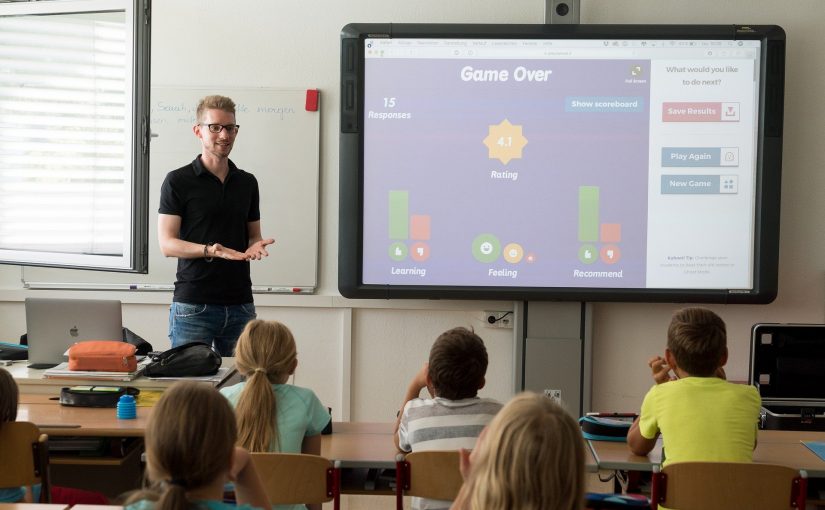No products in the cart.
Artificial Intelligence for High School Teachers
Prerequisites
- basic knowledge of programing in Python
Abstract
This intensive five-day long course is intended for all high school teachers who want to start teaching artificial intelligence at their school but don’t have enough experience and knowledge in the field. The course covers the basics of artificial intelligence and machine learning and ends with the design of simple artificial neural networks in Python. The teaching materials (presentations and practical exercises) are prepared such that teachers can use them in their classes without further effort.
Outline (5 days):
Day 1
- Introduction to artificial intelligence
- What is artificial intelligence, general and narrow AI
- Artificial intelligence subfields (machine learning, state space search, optimization, planning, AI perception, natural language processing)
- Examples of AI applications, history of AI
- Data and information
- Difference between data and information, data sets and their creation, structured and unstructured data, big data and their treatment
- Intuition vs. facts, examples of intuition failures, data-driven decision
- Basics of descriptive statistics, data visualization
- Data representativeness, bias in data, personal data and GDPR
Day 2
- Introduction to machine learning and its applications
- What machine learning is, generalization vs. memorization, the process of machine learning, supervised and unsupervised machine learning
- Classification, regression, clustering, reinforcement learning
- Selected applications of image processing, natural language processing, recommendation and games
- Philosophy of artificial intelligence
- Turing test and Chinese room argument
- Exponential growth, AI safety, fairness and ethics
Day 3
- Basics of data analysis in Python
- Introduction to Python, Jupyter notebooks and Google colab
- Data processing in Pandas, practical examples
Day 4
- Regression
- Definition of regression, the regression process (data training, prediction validation), data structures
- Linear regression, decision trees for regression, practical examples in ScikitLearn
- Classification
- Definition of classification, the classification process (data training, prediction validation)
- Logistic regression, cross entropy, decision trees for classification, examples in ScikitLearn
Day 5
- Artificial neural networks
- Perceptron and its relationship to logistic regression, activation functions, loss functions
- Feed forward neural networks, the back propagation algorithm
- Convolutional neural networks, visualization of neural networks
- Basics of Tensorflow and Keras for the neural network implementation
- Practical examples of neural network applications


